How to make the most of Typha weed, an invasive plant in Senegal
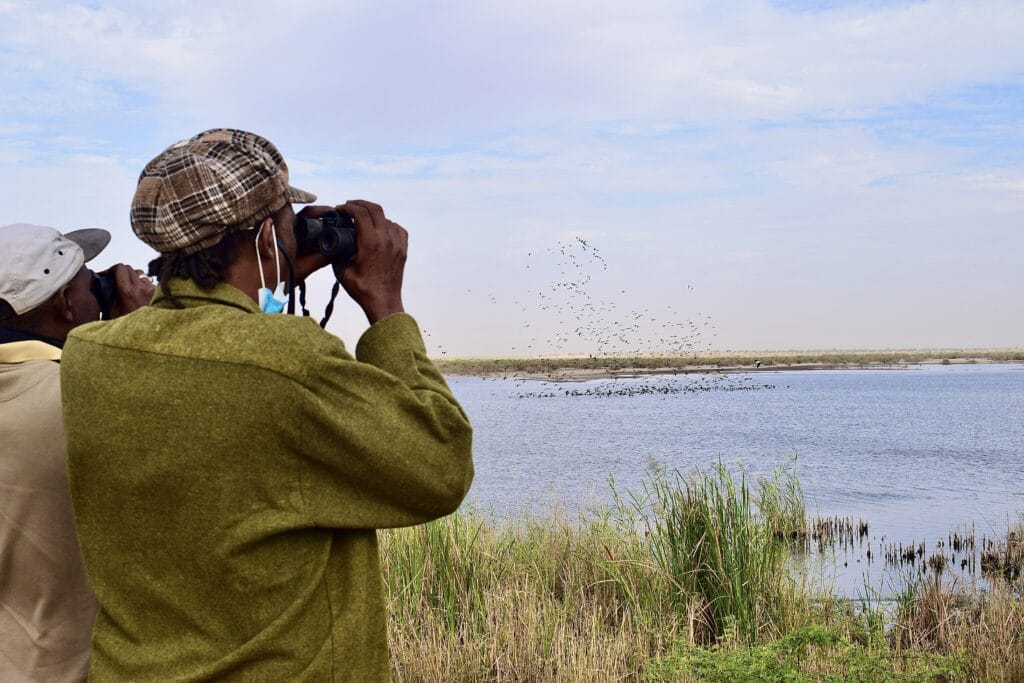
In Senegal, a new project on participatory ecology and community resilience to climate change will contribute to restoring the biodiversity of a wetland of international importance, and improve people’s livelihoods.
By Elena Serra Sánchez
Cover photo – The Tocc Tocc Community Nature Reserve is Ramsar site a crucial stopover for millions of migratory birds on the East Atlantic Flyway. In the front of the photo, Typha, an invasive plant that is rapidly spreading in the Senegal River. © Elena Serra Sánchez
On the sandy plains of northern Senegal through which the river Senegal and its tributaries flow marking the border with Mauritania, small houses and sheds rise up like mushrooms blending into the landscape. They might easily go unnoticed, were it not for their unusual construction material: Typha, a wild aquatic herbaceous plant. Between 1 to 3 m tall, with a narrow spike at the top of the vertical stem and excellent thermal insulation properties, it is mostly used as a roof covering and blended with soil to make lightweight blocks.
The construction sector is particularly dynamic in West Africa, including Senegal. However, buildings are often constructed with concrete, and are poorly adapted to the hot climate, thermally uncomfortable and energy consuming. Parts of the cement industry face continuing challenges to improve the environmental sustainability of their production.
According to UN-Habitat, 50% of the building stock that will exist in 2050 are yet to be built. So, it is time to move towards the construction of environmentally friendly buildings.
In this context, Typha comes up as an efficient alternative for construction in Senegal. Although it works well for the buildings, it is disastrous for the Senegal River, where it is rapidly proliferating as an invasive plant, especially after the massive construction of dams in the late 1980s. When ripe, their heads disintegrate into a cottony fluff from which the seeds disperse by wind, thus making it among the first wetland plants to colonise wet mud. Today, Typha is a matter of concern for public health, water supply security and the preservation of biodiversity in the area. Bearing the brunt of this proliferation are rural riparian communities whose livelihoods have been affected as a result of this invasive plant damaging their fishing and farming areas.
Because it spreads quickly and aggressively, this invasive plant is extremely difficult to eradicate, but with the right strategy its growth can be controlled while enhancing its positive qualities for the benefit of the population. It is precisely with this strategy that in early 2022, a new project funded by the Alstom Foundation and managed by BirdLife International and Nature Communautés Développement (NCD, BirdLife partner) was launched in Senegal.
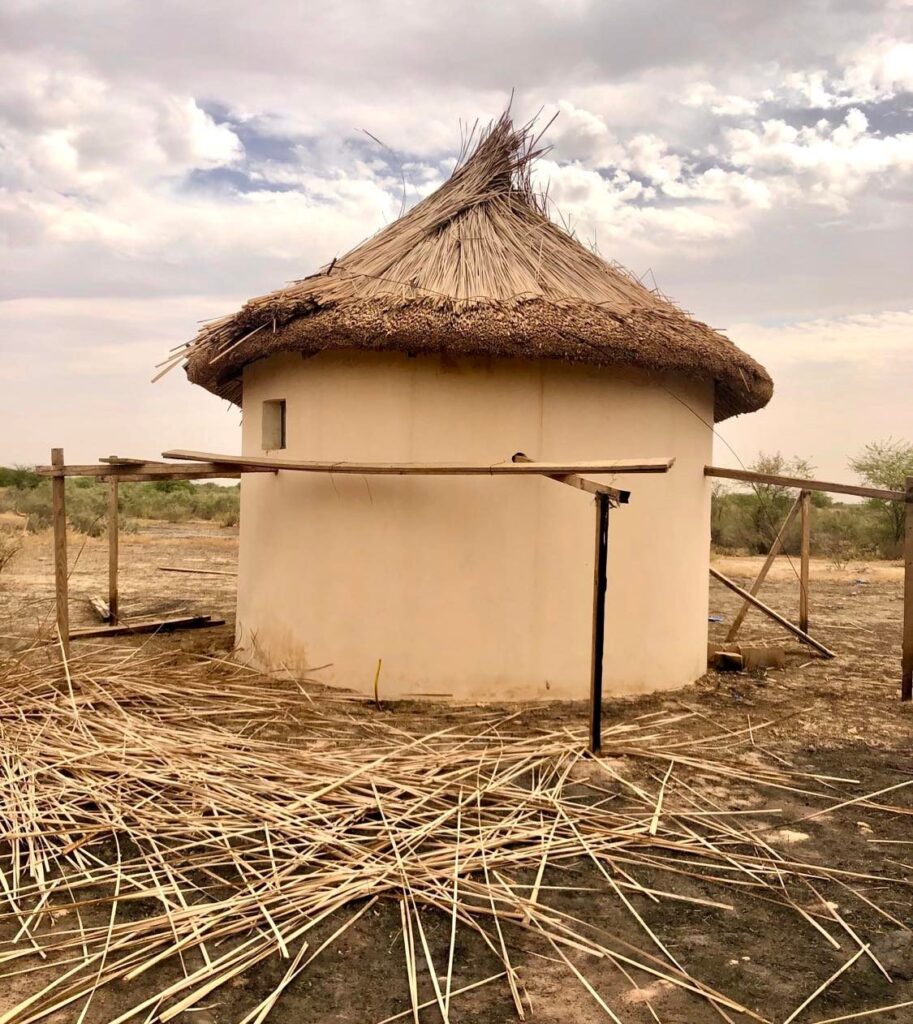
The project targets an internationally important wetland: the Tocc Tocc Community Nature Reserve, one of the eight Ramsar sites in Senegal and a crucial stopover for millions of migratory birdson the East Atlantic Flyway, which runs from the northern Arctic through West Africa to South Africa. The reserve provides vital ecosystem services to thousands of local people, including livelihoods (fishing, irrigation, animal husbandry, ecotourism), as well as protecting Lake de Guiers, the main source of drinking water for millions of residents in Dakar. However, the provision of these multiple benefits is threatened by the unsustainable use of its natural resources and the proliferation of Typha.
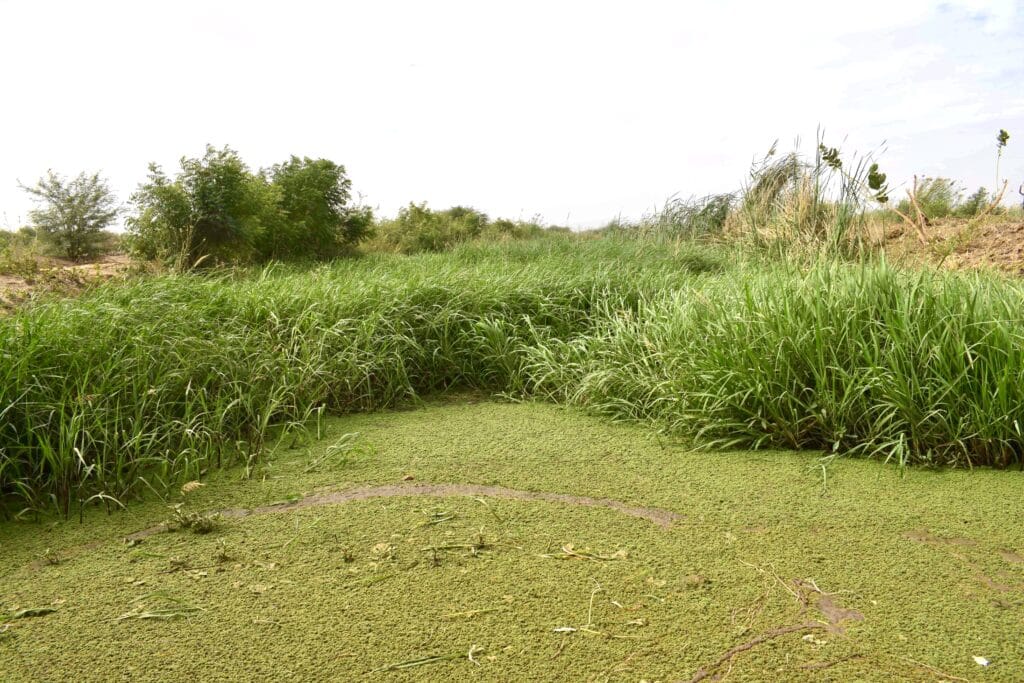
Wetlands sustain life
Wetlands provide ecosystem services worth $47 trillion (USD) per year, including for rice cultivation, a source of livelihood for 3.5 billion people, and these habitats are home to 40% of the world’s plant and animal species. In addition, wetlands are powerful solutions to the climate crisis: they store twice as much carbon as all the world’s forests, protect coastal communities from natural disasters and regulate water flows to prevent floods and droughts. However, they are disappearing faster than any other ecosystem.
During the celebration of the World Wetlands Day on 2nd of February 2022, BirdLife International, NCD and authorities from the Senegalese National Parks, including the Head of the Wetland Division and Focal Point for the Ramsar Convention, discussed the project with the Tocc Tocc community. The local communities were invited to participate in the project’s restoration activities and going forwards, the project will directly support and upskill at least 150 community members for biodiversity-friendly income generating activities.
“The objective of this project is to strengthen community resilience to climate change through the participatory rehabilitation of degraded natural ecosystems on which the lives of local populations depend, including the reforestation of 5,000 trees and the promotion of green entrepreneurship, in particular the conversion of 15 hectares of Typha into ecological construction materials and biofuel briquettes”, explained Aliou Bah, Executive Director of NCD.
“The Tocc Tocc reserve was chosen to celebrate the World Wetlands Day in Senegal as the project launched here matches perfectly with this year’s theme: “acting for wetlands is acting for humanity and nature. It was therefore an excellent opportunity to make people aware of the importance of living in a Ramsar site”
– Colonel Assane Ndoye, Head of the Wetlands Division of the Senegalese National Parks Directorate and National Focal Point of the Ramsar Convention.
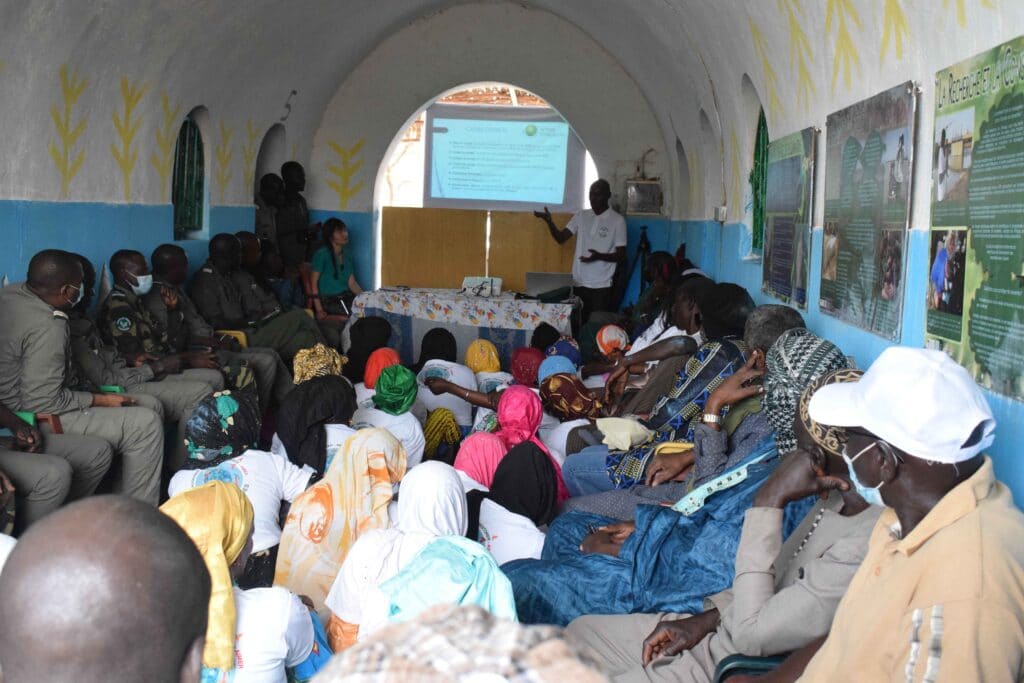
Indeed, the sustainable exploitation of the Typha is not only limited to construction uses, but it can also be used for feeding animal and as a raw material for producing cleaner energy. In Sub-Saharan African countries, the lack of access to energy directly affects 70% of the population. In addition, around 730 million people rely on solid fuels for cooking (firewood and charcoal), which are harmful and whose exploitation puts great pressure on forest resources by requiring up to 10 kg of wood to produce 1 kg of charcoal.
In Senegal, where wood energy represents around 80% of the household’s energy consumption, upscaling the use of Typha as biofuel while restoring the wetlands and improving people’s livelihoods is a win-win solution.
“We warmly welcome this project which will improve our living conditions and help women learn how to process local natural products”, said the President of the Women’s Group of Tocc Tocc Reserve, Rouguiyatou Sow, noting the importance of the project’s objectives to empower women through green entrepreneurship, notably gardening and processing. “There are many local plants and fruits which can be transformed and provide income to our communities, but we lack training and equipment”, she added.
“In the face of threats to this internationally important reserve, we are convinced that the direct involvement of local communities in nature conservation and restoration is essential to maintain the multiple benefits of the wetland. The example set by planting trees and promoting green jobs here will serve to replicate techniques and best practices in Senegal, in the sub-region and along the flyway,” explained Geoffroy Citegetse, Manager of the East Atlantic Flyway Initiative.
Furthermore, the project will contribute to the Pan-African Great Green Wall (PAGGW) initiative to restore the Sahel through job creation and restoration of biodiversity, thus contributing to the reduction of malnutrition, emigration, and other anthropogenic threats to the environment in the Sahel.
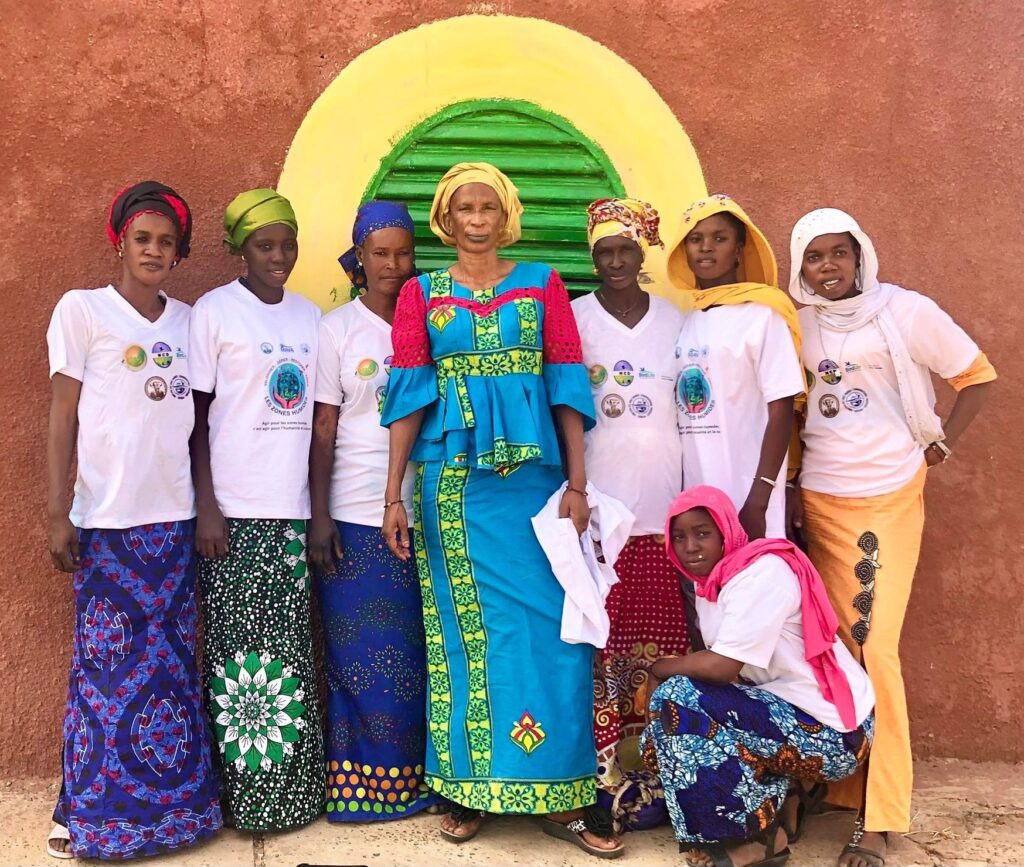
Participatory reforestation and green enterprises supporting community resilience in the Tocc Tocc community reserve (Senegal) is funded by the Alstom Foundation



